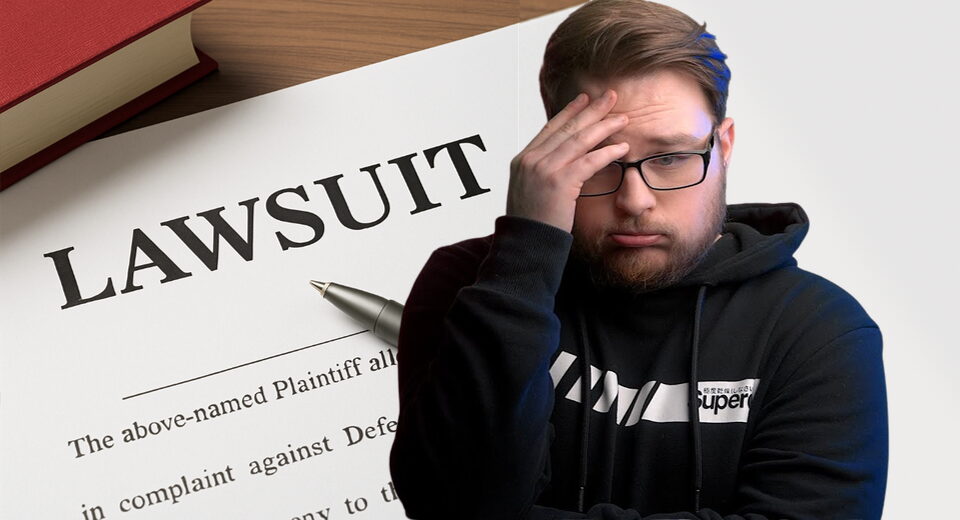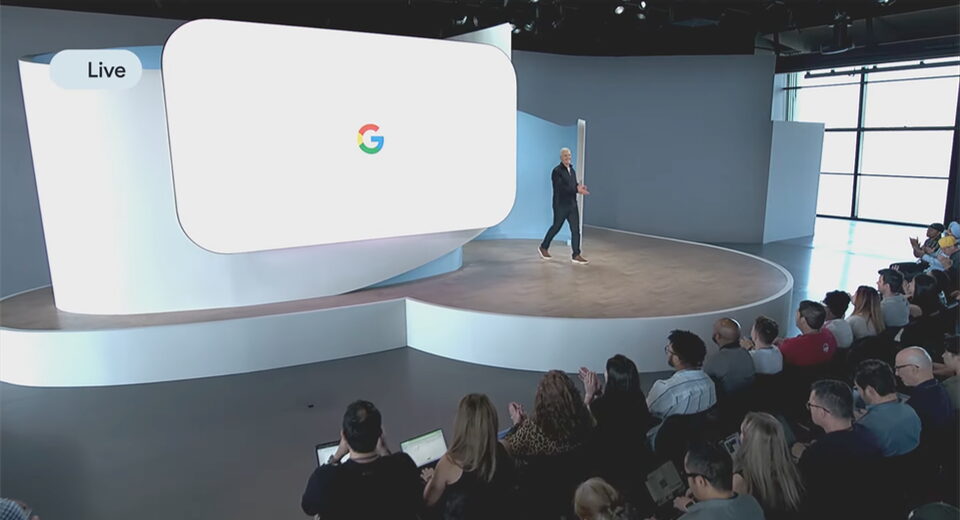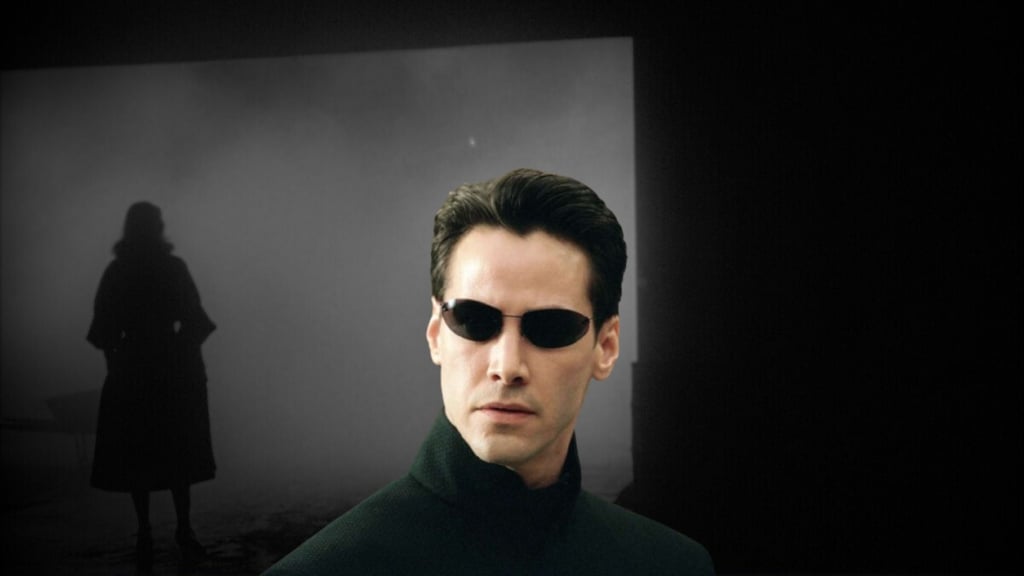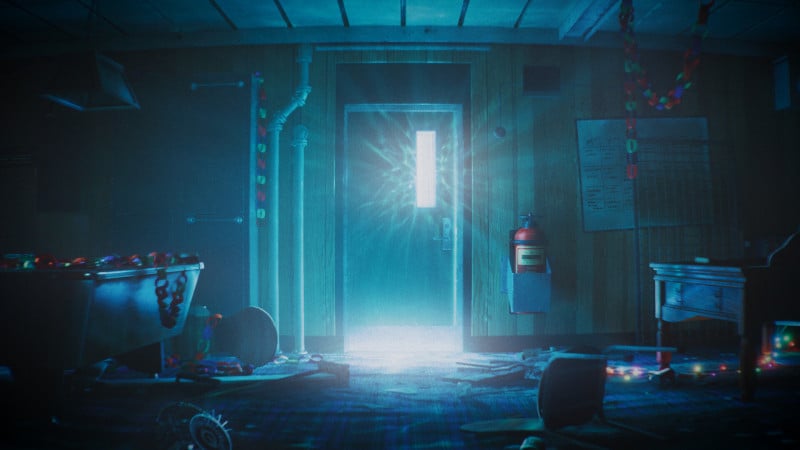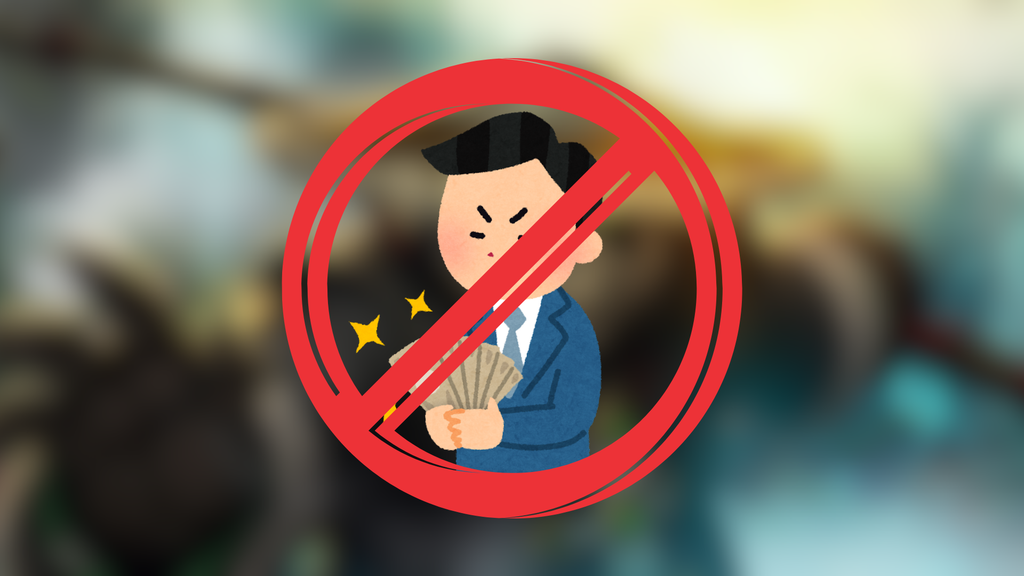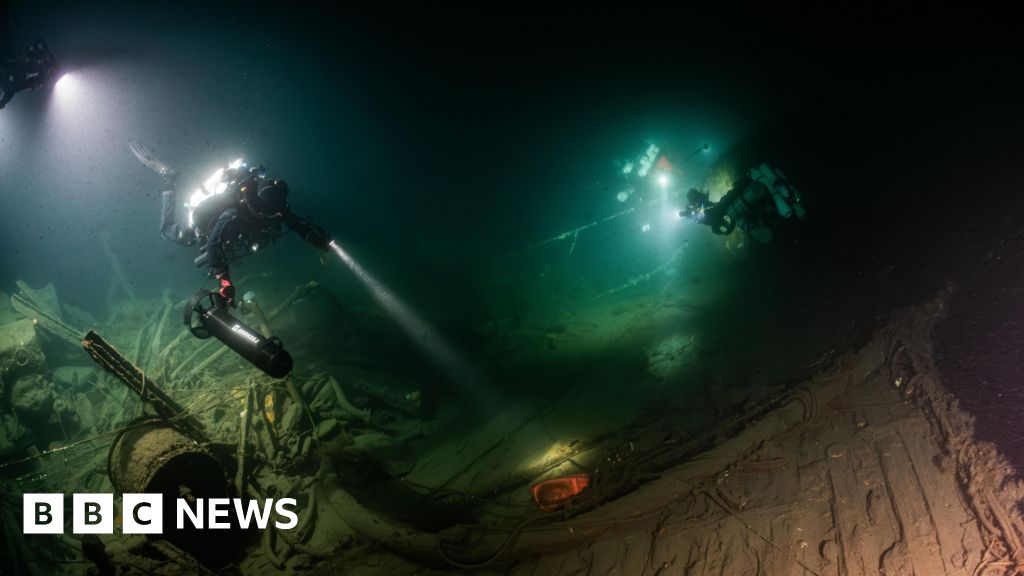Conviction Reversed in Etan Patz Case That Put Focus on Missing Children

His face was everywhere.
Etan Patz, who disappeared in 1979 at the age of 6, gazed at American households across their breakfast tables every morning, his grinning photo prominently featured on milk cartons as police in Manhattan pursued thousands of tips in their futile efforts to find him.
It would take more than three decades before a man, Pedro Hernandez, was arrested and eventually convicted in Etan’s killing.
But on Monday, Mr. Hernandez’s conviction was overturned by a federal appeals court, reopening a case that had finally appeared resolved. A three-judge panel found that the trial judge had improperly instructed the jurors, who had asked about the several confessions that Mr. Hernandez had made, including one that he offered without being read his Miranda rights.
The judges ordered that Mr. Hernandez be released or a new trial be held within a “reasonable period,” a timeline to be determined by a federal judge.
Manhattan’s district attorney, Alvin L. Bragg, will decide whether to pursue such a trial in a case originally brought by his predecessor, Cyrus R. Vance Jr. A spokeswoman for the Manhattan district attorney’s office, Emily Tuttle, said the office is “reviewing the decision.”
Etan’s abrupt disappearance decades ago — and the killing of 6-year-old Adam Walsh two years later — ushered in an era in which children who formerly had been left to their own devices were more closely watched for fear of abduction.
In 1983, President Ronald Reagan proclaimed May 25 as National Missing Children’s Day in honor of Etan’s memory. The next year, the National Center for Missing and Exploited Children was established by Adam Walsh’s family and others. A decade later, the kidnapping of 9-year-old Amber Hagerman in Texas led to a nationwide early warning system for childhood disappearances named after her. Volunteer and professional groups to find missing children sprang up.
Mr. Hernandez’s arrest and conviction for killing Etan might have seemed to end the case. But in its Monday ruling, the appeals court noted that the jurors had asked how they should consider the fact that Mr. Hernandez had confessed before being read his Miranda rights, then repeated the confession afterward. According to the appeals court, the trial judge, Maxwell Wiley of State Supreme Court in Manhattan, minimized the significance of that sequence of events.
The judges, who serve on the U.S. Court of Appeals for the Second Circuit, noted that the Supreme Court has ruled it unconstitutional for law enforcement officials to first extract confessions without Miranda warnings, only to ask defendants to repeat them after being made aware of their rights.
“The state trial court contradicted clearly established federal law,” the judges said.
One of Mr. Hernandez’s trial lawyers, Harvey Fishbein, said that his team has always maintained that the confession was false. The 51-page ruling issued on Monday shows “that an innocent man was convicted,” he said.
“For more than 13 years, Pedro Hernandez has been in prison for a crime he did not commit,” Mr. Fishbein and the other lawyers said in a joint statement. They called on Mr. Bragg to drop what they called “misguided charges” and find the boy’s true killer.
Lisa R. Cohen, the author of “After Etan: The Missing Child Case that Held America Captive,” said that she had named her book after the idea that Etan’s disappearance marked a turning point, changing childhood for generations of American youth.
“It was a zeitgeist moment that changed the way we deal with our kids,” she said. “And then it never stopped. Every couple of years there would be a ‘you can’t believe this’ twist.”
The case was particularly resonant, she said, because Etan’s father, Stanley Patz, was a professional photographer, who had taken dozens of vivid pictures of his blond, blue-eyed son.
The high-quality photos, she said, “went out everywhere and it touched people.”
Efforts to reach Stanley Patz on Monday were not immediately successful.
In the weeks after Etan vanished, the police dedicated 500 detectives and other officers to search for his whereabouts. His family distributed hundreds of thousands of missing posters.
But Etan’s body was never found, even as his case garnered ever more attention. 
Law enforcement authorities found that they had few formal structures in place for dealing with the case of a missing child. They were not used to interstate coordination on such cases, Ms. Cohen said, noting that Stanley Patz would often remark that it was easier to track a stolen car than to find a missing child.
The sociological ramifications of the crime were enormous, initiating a gradual restriction of American childhood, even though abductions were and remain rare. The trend has never really been reversed — though concerns about smartphones have caused some advocates, including the professor and author, Jonathan Haidt, to call for increased childhood independence.
Mr. Haidt said Monday that Etan and Adam’s killings had “changed the way we raise kids” in a way that was “very damaging to human development.”
“It was a terrible mistake,” he said. “Children need to play.”
Not until 2012 was Mr. Hernandez, a former bodega clerk, arrested and charged by the Manhattan district attorney’s office with second-degree murder and first-degree kidnapping.
Mr. Hernandez was living in New Jersey when a relative told authorities that he suspected him of killing Etan. Prosecutors said that Mr. Hernandez had a history of sexually abusing a family member, drug use and domestic violence.
But the case was difficult from the start. No scientific evidence linked Mr. Hernandez to the crime, and the confession, initially obtained after seven hours of questioning by the police, was the linchpin of prosecutors’ case.
After he confessed, police administered his Miranda warnings and “had Hernandez repeat his confession on tape,” according to court filings. Mr. Hernandez later recanted.
His lawyer at the time, Mr. Fishbein, argued that the confession was false and the product of psychotic hallucinations and delusions.
Mr. Hernandez’s first trial in 2015 ended after 18 days of deliberation with a hung jury. A lone holdout, Adam Sirois, declined to convict. In an interview Monday, Mr. Sirois said that his primary reason had been Mr. Hernandez’s initial confession, which to the juror seemed “coerced.”
“There just was zero evidence, in my opinion, that was compelling enough to get beyond that,” he said. “It was so obvious to me that there was enough doubt that this man should not be convicted.”
Mr. Vance, the district attorney at the time, said then his prosecutors would try again, noting “the Patz case is a very important case for what it stands for.”
In 2017, a Manhattan jury convicted Mr. Hernandez on the ninth day of deliberations. The jury foreman later remarked that “deliberations were difficult.”
That jury also zeroed in on Mr. Hernandez’s confession, with the members sending three notes about it to Justice Wiley. In the third note, jurors asked whether, if they found that Mr. Hernandez’s confession before he was read his rights was not voluntary, they should then disregard his later recorded confession.
“The trial court instructed the jury, without further explanation, that ‘the answer is, no,’” the federal judges wrote in their ruling on Monday. The jurors returned to deliberations and convicted Mr. Hernandez seven days later.
Mr. Hernandez’s lawyers, led by Edward B. Diskant, argued that the trial court’s instructions to the jury were improper and prejudiced the verdict. They went to state appeals courts before filing a federal petition for habeas relief, which helps ensure that people are not detained without valid legal grounds.
On Monday, the appeals court judges — Guido Calabresi, Raymond J. Lohier and Myrna Pérez — ruled that the instructions given to the jurors “unquestionably impacted deliberations.”
Richard D. Emery, a founding partner of Emery Celli Brinckerhoff Abady Ward & Maazel LLP, said that it was “almost impossible” to win relief from a federal court based on a state court proceeding, as Mr. Hernandez’s lawyers had. He noted that the standard was whether the state court had “any reasonable basis” for its finding, whether right or wrong.
“This is rare among rare things,” he said.
In a statement on Monday, Mr. Vance said that a “jury of 12 citizens — the second — answered that question unanimously; namely, Pedro Hernandez killed Etan.”
“Notwithstanding multiple reviewing courts having agreed, a federal court of appeals today says it feels otherwise, and under our system of laws, theirs is the last word — to date,” Mr. Vance said. “In this moment, my thoughts are not with the appeals court, but with Etan and the brave Patz family.”
Ms. Cohen, the author of the book about Etan, said that Monday’s development drove home the way that his case “never stopped unfolding.”
”And as the generations pass,” she said, “each new generation of parents finds for the first time, ‘Oh, this is relevant to me.’”
Susan C. Beachy and Alain Delaquérière contributed research.
What's Your Reaction?
 Like
0
Like
0
 Dislike
0
Dislike
0
 Love
0
Love
0
 Funny
0
Funny
0
 Angry
0
Angry
0
 Sad
0
Sad
0
 Wow
0
Wow
0
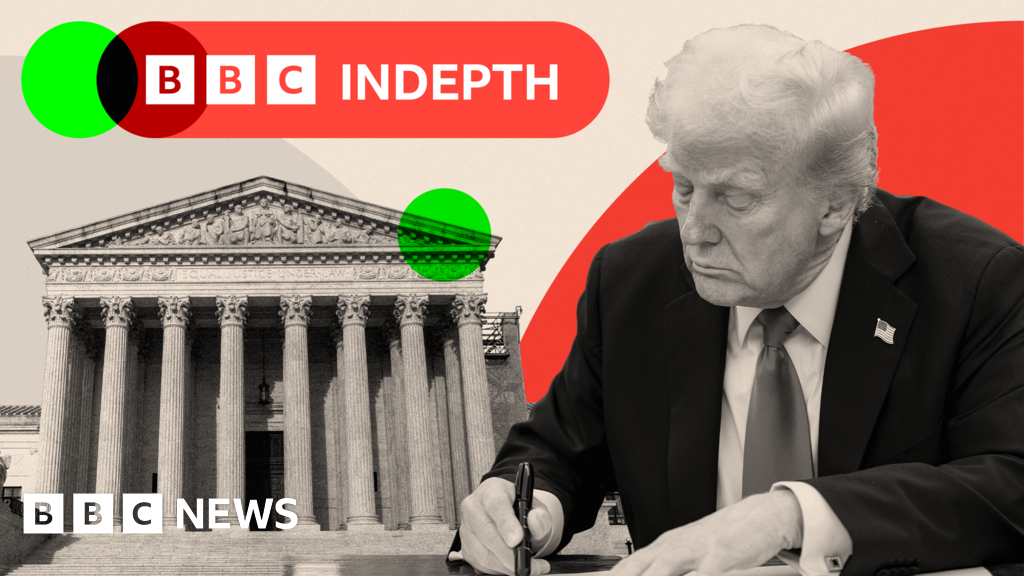



![RDC : accord de Doha, les Congolais entre doute et espoir [Africanews Today]](http://static.euronews.com/articles/stories/09/38/15/81/640x360_cmsv2_2c0586a3-1581-51f0-ba5e-05a4ee4c9cd3-9381581.jpg?1753098215#)











